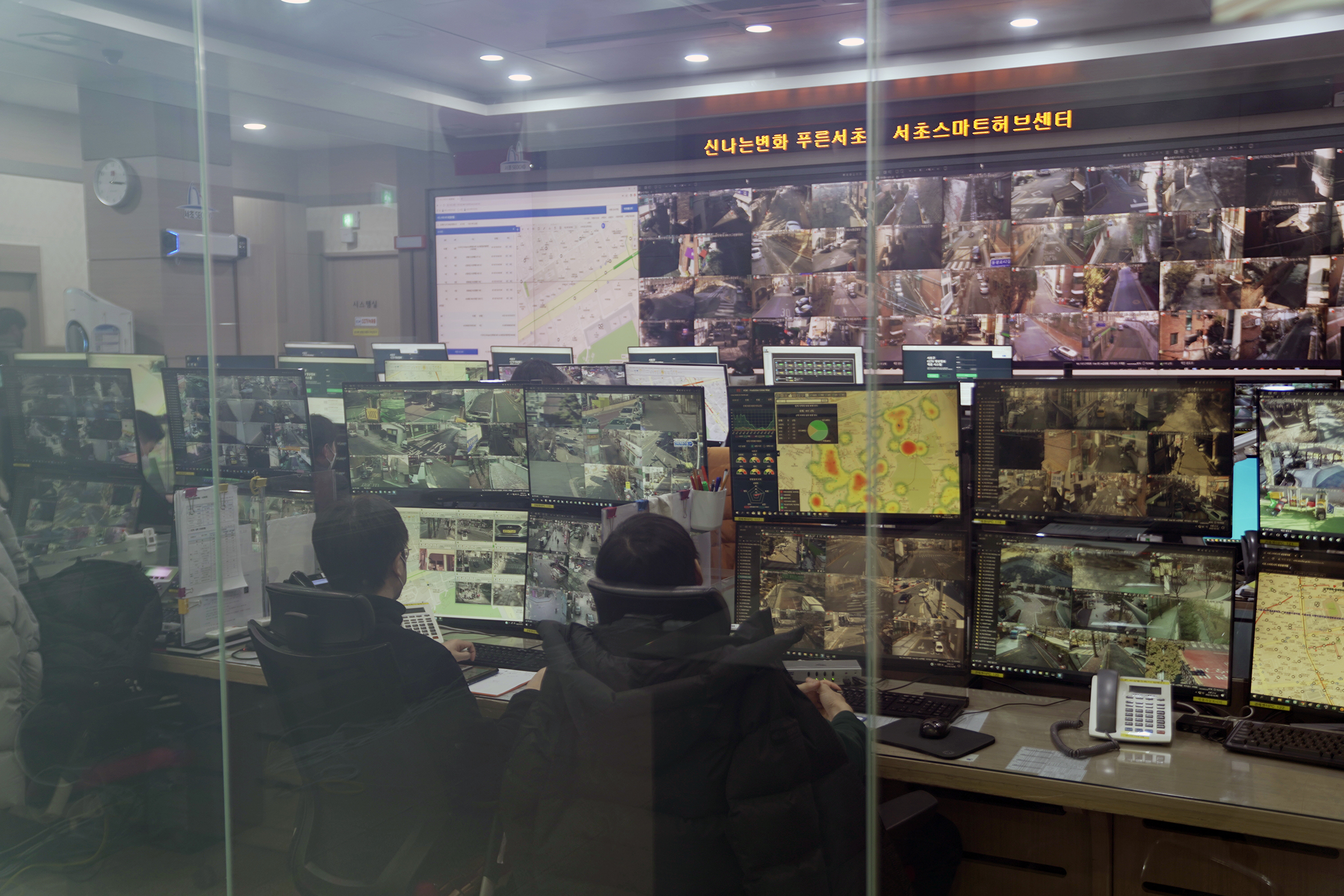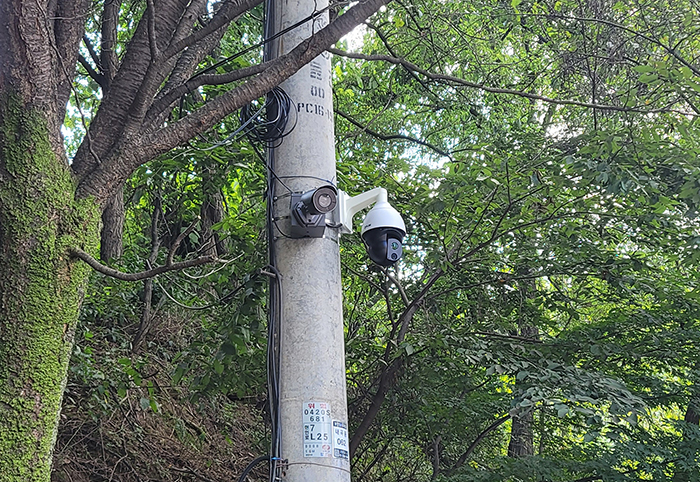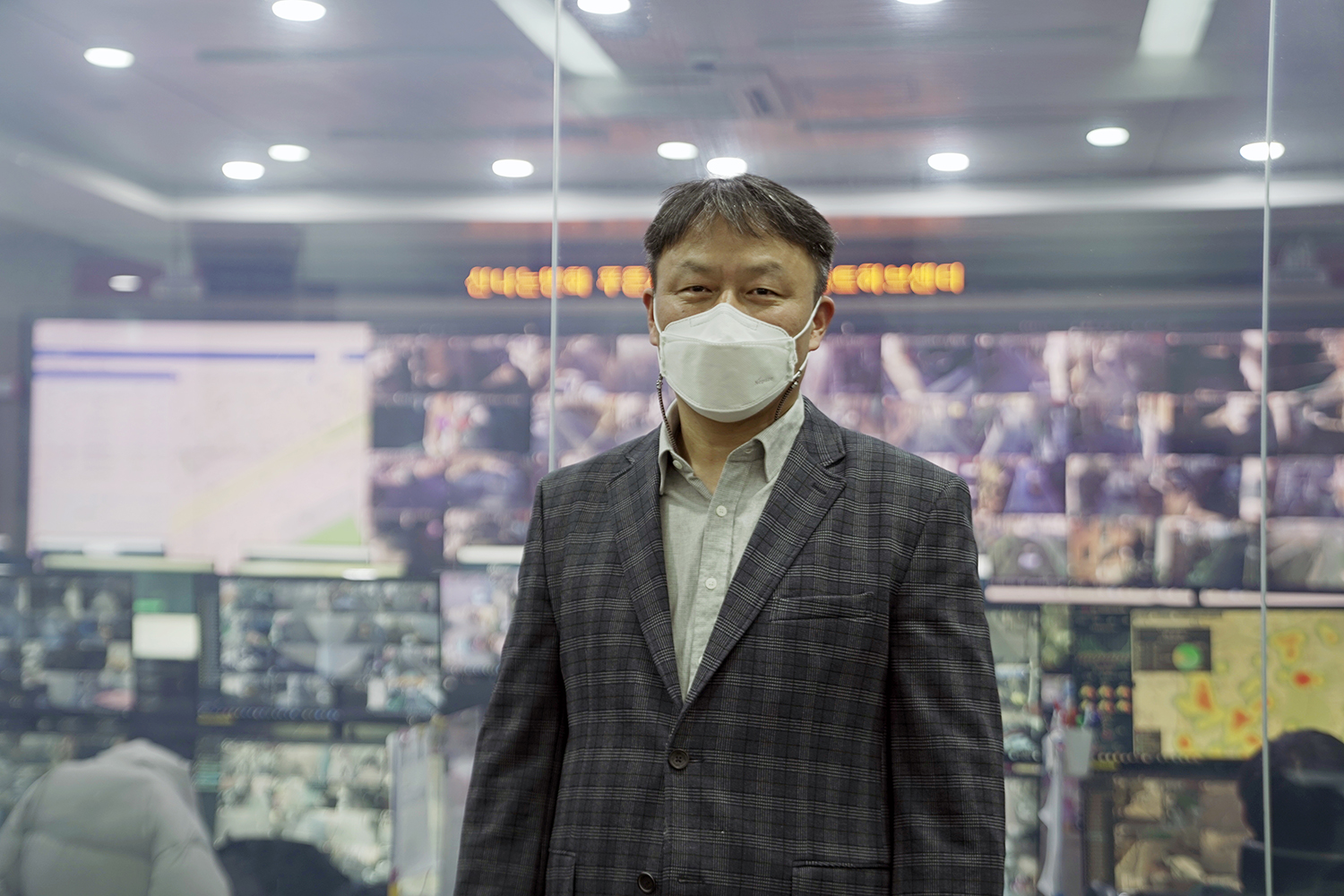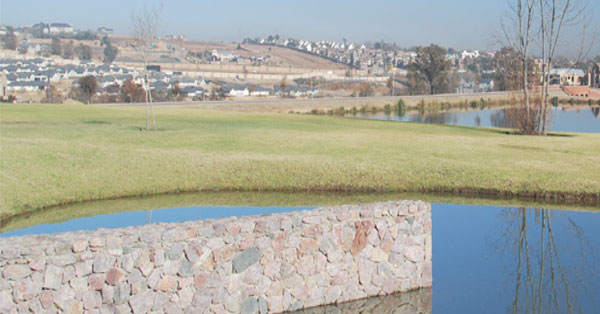FLIR Thermal Imaging Cameras Integral to Smart Cities

Building a Dataset for Artificial Intelligence (AI) Learning
The City of Seocho (Seocho-gu) is on a mission to collect the artificial intelligence data needed for smart city services across the region, including downtown, residential areas, parks, and waterfront areas. To this end, city officials installed 17 FLIR DM-Series multi-sensor security solutions to secure image data sets in environments where it’s difficult to acquire data with regular CCTV cameras, such as low-light and nighttime situations. They considered the decision to use FLIR thermal imaging cameras a great success, as the city was able to collect more than one million meaningful thermal labeling data in 54 areas. These data points will be used for AI learning to analyze the conditions surrounding nighttime accidents in downtown areas. Meanwhile the city will continue to rely on the improved nighttime security functions of FLIR thermal imaging cameras to secure more data for future AI learning and provide smart city services.
For the second consecutive year, the South Korean government chose Seocho-gu to host a project aimed at building data sets for artificial intelligence (AI) learning, with an overall goal of boosting the country’s global competitiveness and stimulate the economy. In 2020, Seocho-gu successfully built data sets on urban congestion measurements using Bing BirdsEye View aerial mapping. In 2021, the district was nominated to build IT/thermal image data sets using thermal imaging cameras to help respond to nighttime incidents in the downtown area. What cemented city officials’ decision to proceed with this project was an incident that occurred in Seocho-gu at the beginning of the year.


As part of the project to build data sets for artificial intelligence learning, Seocho-gu city officials acquired nighttime security data from 54 areas across the district using a total of 17 FLIR DM-Series (model: DM-624) thermal imaging cameras
The Need for Nighttime Security
Seocho-gu had already installed CCTVs throughout the district, operated via a control center called the Seocho Smart Hub Center at the Seocho-gu Office. Despite a battery of CCTVs in Hangang Park where this accident occurred, their functionality was severely limited: these cameras were unable to correctly identify objects or people and confirm their behavior at night, in conditions with little to no light. Considering the incident as an impetus for improvement, the government reviewed the necessity of enhancing nighttime security across Seocho-gu, and ultimately decided to embark on a new data set-building project. To determine the specific camera technology optimal for bolstering nighttime security, city officials considered two conditions. First, cameras had to be able to identify the presence of objects at night; second, they had to accurately show what each object was doing, even in low light.

The Seocho Smart Hub Center operated by the Seocho-gu Office
Thermal Imaging Cameras Were the Only Solution
Seocho-gu officials first considered using standard infrared (IR) cameras. IR cameras can be an economical and effective solution in an environment with poor lighting conditions that render visual cameras ineffective. However, IR cameras struggle to identify small objects since they are prone to blurring issues. They are also a less than ideal option given that they fail to offer the desired level of resolution in an environment rated at 40 or less on the 255-digital scale. For these reasons, Seocho-gu sought another option that could monitor locations and environments such as an entry to a hiking trail or the riverside, where the illuminance can fall to single digits at night. The solution ultimately chosen by Seocho-gu was thermal imaging cameras.
Lim Dong-hyeon, manager of the Smart City Service Team in the Smart City Division, explains why thermal cameras made a sensible choice: “The advantage of a thermal imaging camera is that it can confirm the presence or absence of an object even if it is very dark, or the size of an object is very small. It uses heat as a source rather than light. When used in combination with other detectors or sensors, thermal imaging cameras can also improve the reliability of data sets. We therefore determined they would be a very reliable solution for us.” Lim adds, “We thought thermal imaging cameras were the only solution for this project.”


FLIR DM-Series
Once Seocho-gu officials decided to adopt thermal imaging cameras, they needed to choose the brand. FLIR was not its initial choice, since Seocho-gu had a history of working with other brands in previous projects. But FLIR was able to provide the cameras at a competitive price and deliver when the city needed them.
Lim says, “Compared to IR cameras, thermal cameras from the brand we had used before were several times more expensive. Delivery time was also an issue. We needed the cameras before the holidays but our previous supplier could not guarantee delivery by then.”
This was when FLIR presented a solution. The FLIR DM-624 models guaranteed a high resolution of 640 × 512 at a more reasonable price than competitive thermal imaging cameras. They also offered the right performance and functions required for the project, and above all, FLIR was able to deliver the cameras by the desired date. Thanks to FLIR, Seocho-gu officials were able to complete the project first among all the district offices participating in the project.
Lim says, “At the moment, we’ve completed processing, learning, and verifying the data. All we need to do is have the data evaluated for its reliability by a third party. In hindsight, it is clear that FLIR was an outstanding choice.” He adds, “In terms of performance and functionality, the FLIR DM-624 models satisfied all of the characteristics of our data sets. Also, when used in conjunction with the FLIR Raven security camera design tool provided through the FLIR website, we were able to check the behavior of objects within a certain distance and size.
“FLIR DM-624’s performance was also praised by the professor who participated in this project as part of an advisory committee and advised the Seocho-gu Office Consortium,” Lim continues. “Overall, I am highly satisfied by the results from the performance evaluation of this project. In 2022, the government is expected to focus on building data sets using thermal imaging, and Seocho-gu plans to join the project using FLIR equipment again.”


